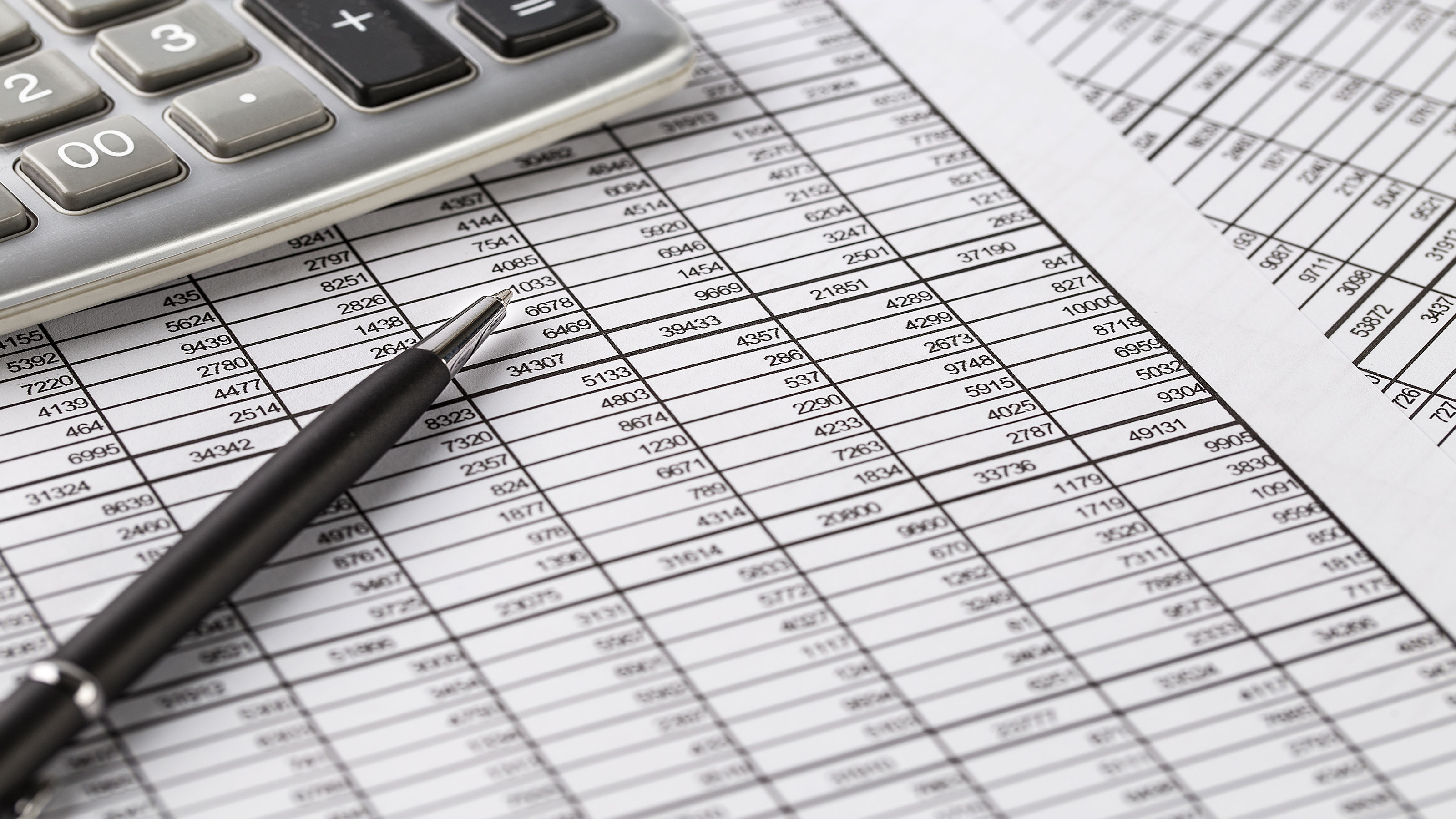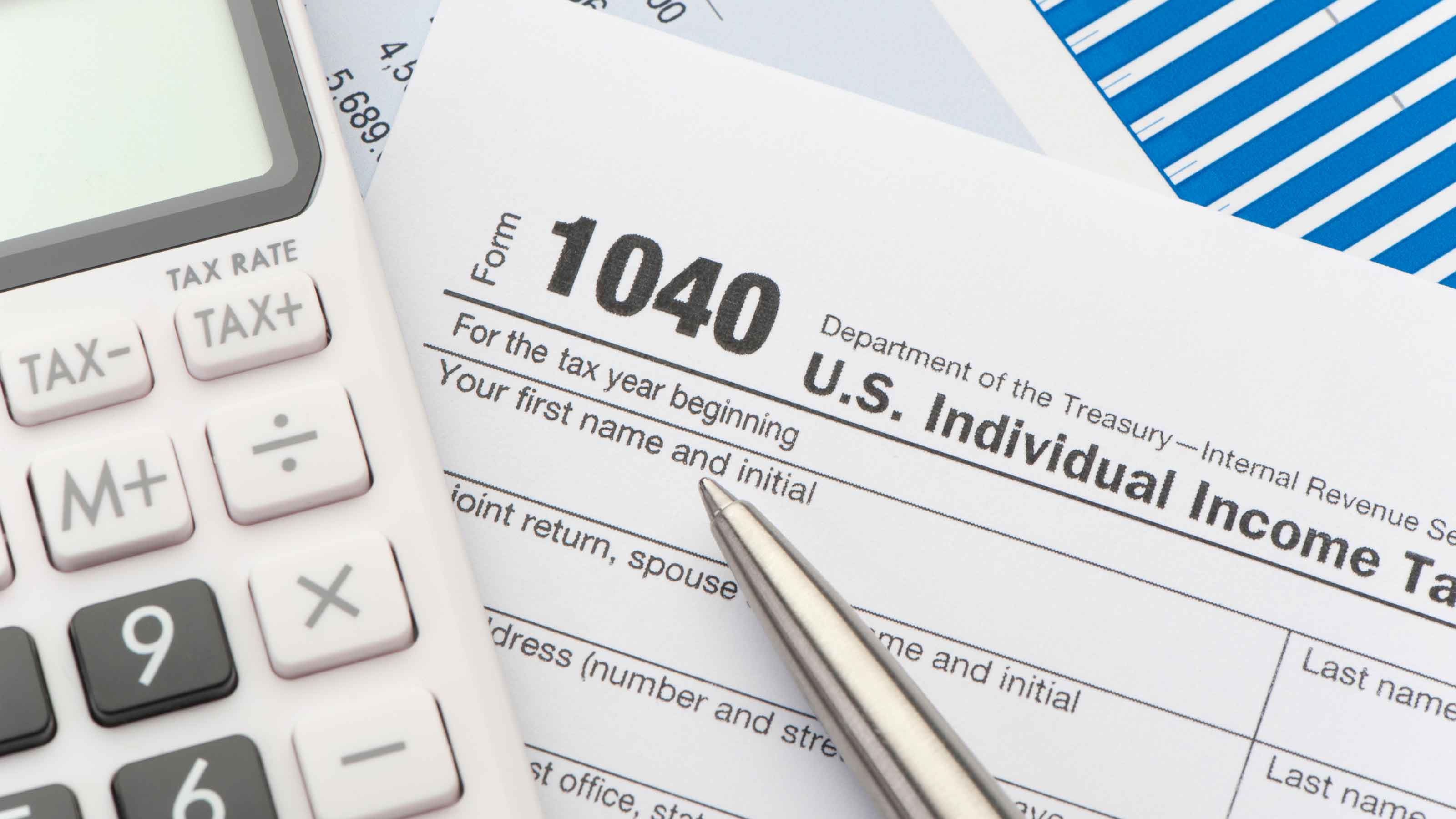Taxes -- Buy More Time
Here's how to push back the deadline ... or simply ignore it, legally.

Thanks to a District of Columbia holiday almost no one -- including IRS deadline setters -- had ever heard of, the whole country gets until midnight Tuesday, April 17, to file 2006 tax returns. Despite the extra hours, though, millions of Americans simply won't manage to complete their tax returns on time.
If you're among the army of procrastinators still marching toward the deadline, take a break. Rather than stress out or rush into a costly error, your best bet today may be to simply cry "uncle" and join about 10 million of your fellow sufferers in asking the IRS for more time.
You do that by filing a Form 4868, Application for Automatic Extension of Time to File U.S. Individual Income Tax Return. Note that glorious word "automatic" in that mouthful of IRSese. This is a no-questions-asked deal. You don't have to offer any explanation or excuse for why your return will be overdue. File the 4868 by midnight Tuesday and you push your tax deadline back to October 15.

Sign up for Kiplinger’s Free E-Newsletters
Profit and prosper with the best of expert advice on investing, taxes, retirement, personal finance and more - straight to your e-mail.
Profit and prosper with the best of expert advice - straight to your e-mail.
There is, alas, a catch. Although the extension gives you more time to fill out the forms, it doesn't put off the deadline for paying the tax you owe. That's what complicates the otherwise simple Form 4868. You have to make an educated guess about how much you'll owe when you finally finish you forms. That can be tough unless you already have done much of the work. If you don't have a clue how much you owe, a little history might help. If your tax situation -- income, deductions, marital status and family size -- was pretty much the same in 2006 as it was in 2005, use your 2005 return as a guide.
The 4868 asks for an estimate of your total tax bill for 2006 and how much you paid via withholding from paychecks or quarterly estimated payments. Subtracting one from the other provides a good idea of how much you'll owe when you get around to filing. You don't have to pay it all when you file your 4868, but the more you fork over, the less interest (currently 8% a year) and late-payment penalties (one-half of a percent of the balance due per month) will pile up between April 17 and when you file.
How to buy more time
There are three ways to push back the deadline.
A state tax deadline breathing down your neck, too? Some states automatically grant extra time to folks who file for a federal extension; others demand their own paperwork. Check out the rules for your state at the Federation of Tax Administrators Web site.
No-request extensions for some
Some don't have to worry about filing an extension -- they get one automatically
For military personnel serving in a combat zone on April 17, the tax deadline is six months after they leave the combat zone. U.S. citizens who are living or working at their main place of business outside the country on the deadline get an extra two months to file. Their deadline is June 15; only if they need more time do they need to file the 4868.
A sweet secret
Finally, here's one of our favorite tax tips. If you're among the majority of taxpayers who have a refund coming, you can ignore the April 17 deadline with impunity.
You see, the penalty for failing to meet the deadline is a percentage of the tax owed with your return. If you owe zero, the penalty is zero. Of course, you should file as soon as possible to get your money back. But there's no reason to lose any sleep, miss any tax breaks or risk life and limb rushing to the post office by midnight April 17.
One caveat: If you are making certain, rather arcane elections on your return (like declaring yourself a day trader for tax purposes), you do need to file by the deadline or ask for an extension, even if you have a refund coming. But if you're like most refund taxpayers, the deadline doesn't really matter.
What about that D.C. holiday?
By the way, the April 16 D.C. holiday that pushes the tax deadline to April 17 is Emancipation Day, commemorating the day in 1862 that President Lincoln signed a law to end slavery in the District of Columbia. That was nine months before the Emancipation Proclamation was issued on January 1, 1863.
- The old fashioned, paper way might be the easiest ... and the cheapest. Go to the IRS Web site for a fill-in-the-blanks 4868. If you have your tax estimate and withholding amounts at hand, you can fill out the form in under a minute. Print it, stick it in an envelope with a check for what you can pay and get it in the mail by midnight April 17.
- Some tax software programs allow you to electronically file the 4868, and you can authorize the IRS to dip into your bank account for the payment. But there may be a charge for this service. Only about a half-dozen of the programs available for free (for taxpayers with incomes under $52,000) via the IRS's Free File program offer electronic filing for an extension. And it can be tough slogging to go this route. TurboTax, the best-selling program for which Kiplinger provides expert advice, will prepare a 4868 for you, but won't file it electronically. You need to mail it in.
- A third option is automatic filing of a 4868 when you pay what you owe with a credit or debit card, either on-line or over the phone. The 4868 instructions direct taxpayers to two credit card payment services, and each charges 2.49% of the amount paid as a fee. So, a $2,500 payment will cost you $62.25, plus any interest you rack up before you pay off your card. What the IRS doesn't tell you is that you can also get the automatic extension if you pay with a debit card. Incometaxpayment.com, for example, handles the transaction for a flat $2.95 fee, no matter how much tax you're paying.
Get Kiplinger Today newsletter — free
Profit and prosper with the best of Kiplinger's advice on investing, taxes, retirement, personal finance and much more. Delivered daily. Enter your email in the box and click Sign Me Up.

-
 Stock Market Today: Trump Retreats, Markets Rejoice
Stock Market Today: Trump Retreats, Markets RejoiceStocks rally, yields soften, the dollar rises, and even beaten-down names enjoy the wages of potential trade peace.
By David Dittman
-
 In Trump’s Economy Should 401(k) Savers 'Set It and Forget It?'
In Trump’s Economy Should 401(k) Savers 'Set It and Forget It?'It’s hard to bury your head in the sand when the markets are volatile. Here’s when it makes sense and when it doesn’t.
By Donna Fuscaldo
-
 Kiplinger's Tax Map for Middle-Class Families: About Our Methodology
Kiplinger's Tax Map for Middle-Class Families: About Our Methodologystate tax The research behind our judgments.
By David Muhlbaum
-
 Retirees, Make These Midyear Moves to Cut Next Year's Tax Bill
Retirees, Make These Midyear Moves to Cut Next Year's Tax BillTax Breaks Save money next April by making these six hot-as-July tax moves.
By Rocky Mengle
-
 Estimated Payments or Withholding in Retirement? Here's Some Guidance
Estimated Payments or Withholding in Retirement? Here's Some GuidanceBudgeting You generally must pay taxes throughout the year on your retirement income. But it isn't always clear whether withholding or estimated tax payments is the best way to pay.
By Rocky Mengle
-
 How to Cut Your 2021 Tax Bill
How to Cut Your 2021 Tax BillTax Breaks Our guidance could help you claim a higher refund or reduce the amount you owe.
By Sandra Block
-
 Why This Tax Filing Season Could Be Ugly
Why This Tax Filing Season Could Be UglyCoronavirus and Your Money National Taxpayer Advocate Erin M. Collins warns the agency will continue to struggle with tight budgets and backlogs. Her advice: File electronically!
By Sandra Block
-
 Con Artists Target People Who Owe The IRS Money
Con Artists Target People Who Owe The IRS MoneyScams In one scheme, thieves will offer to "help" you pay back taxes, only to leave you on the hook for expensive fees in addition to the taxes.
By Rivan V. Stinson
-
 Cash-Rich States Lower Taxes
Cash-Rich States Lower TaxesTax Breaks The economic turnaround sparked a wave of cuts in state tax rates. But some say the efforts could backfire.
By Sandra Block
-
 The Financial Effects of Losing a Spouse
The Financial Effects of Losing a SpouseFinancial Planning Even amid grief, it's important to reassess your finances. With the loss of your spouse's income, you may find yourself in a lower tax bracket or that you qualify for new deductions or credits.
By Rocky Mengle